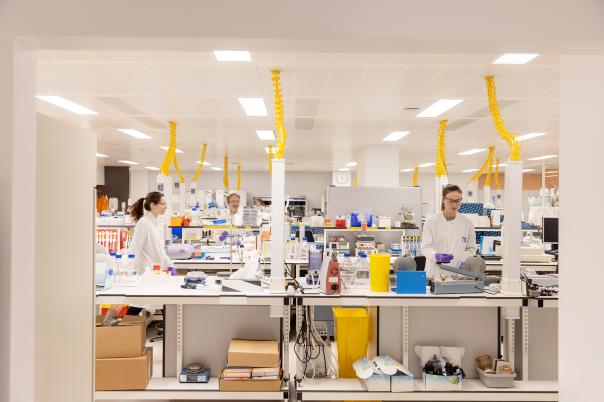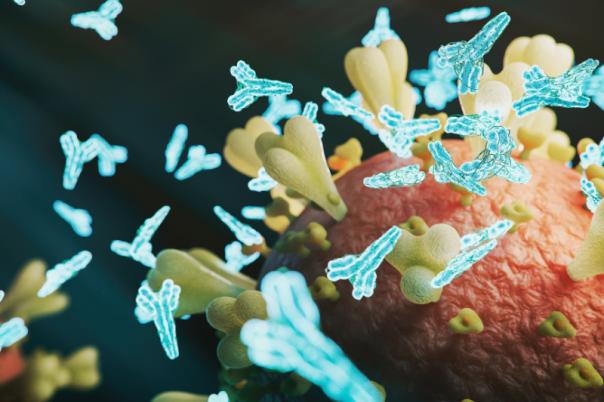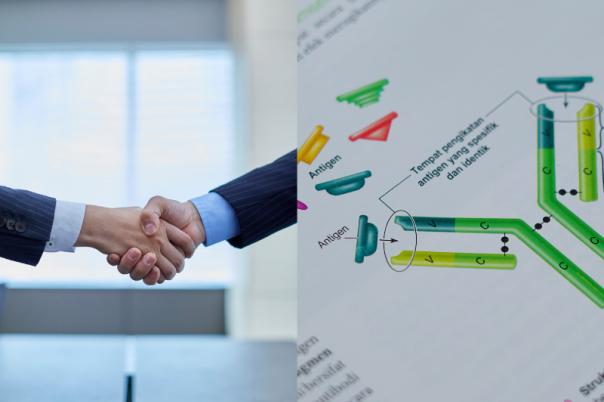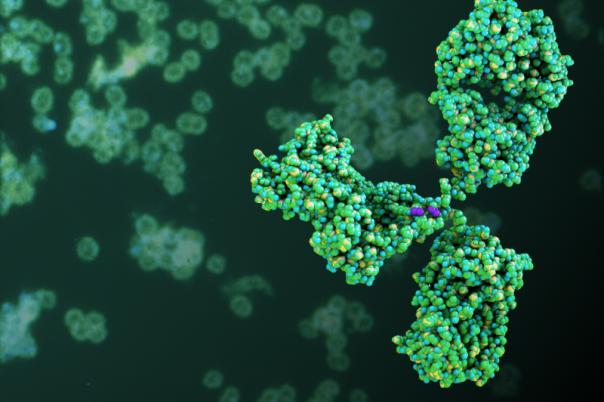In his keynote address, Raymond Deshaies explored the profound transformation underway in the pharmaceutical industry, tracing its evolution from the synthesis of aspirin in 1899 to the current era of multispecific medicines. Deshaies began by recounting how, for much of the twentieth century, drug development relied on the combination of pharmacology and organic chemistry, later augmented by advances in biochemistry and molecular biology. This led to the rational design of drugs targeting specific enzymes or pathways, a paradigm that has dominated for decades.
Deshaies then described the emergence of multispecific medicines as a radical departure from traditional approaches. Unlike monospecific drugs, which interact with a single target, multispecifics are capable of engaging two or more distinct biological entities, either simultaneously or sequentially. This capability, he argued, enables therapeutic effects that were previously unattainable. The rise of multispecifics is driven by two main factors: unsustainable competition for a limited pool of validated drug targets, and the inherent complexity and redundancy of biological systems, which often thwart conventional drug design.
He highlighted how multispecficity addresses key challenges in drug development, such as improving the stability of biologic drugs, overcoming redundant signalling pathways in diseases like cancer, and enhancing the therapeutic index by directing drugs to specific tissues. Deshaies gave examples including antibody-drug conjugates and siRNA therapies that exploit molecular “zip codes” to achieve targeted delivery.
A major focus of the address was the concept of “induced proximity”, where drugs act as matchmakers, bringing together targets and effectors to trigger novel biological responses. This principle underpins the development of degrader molecules, such as PROTACs, which harness the cell’s own ubiquitin-proteasome system to eliminate disease-causing proteins. Deshaies noted the rapid growth of this field, with numerous clinical programmes and significant investment.
He concluded by introducing the idea of LOCKTACs, molecules designed to stabilise transient protein complexes, suggesting this as a promising new direction for drug discovery. Deshaies encouraged the audience to think beyond traditional inhibition, embracing innovative strategies that leverage, rather than fight, the complexity of biology.





